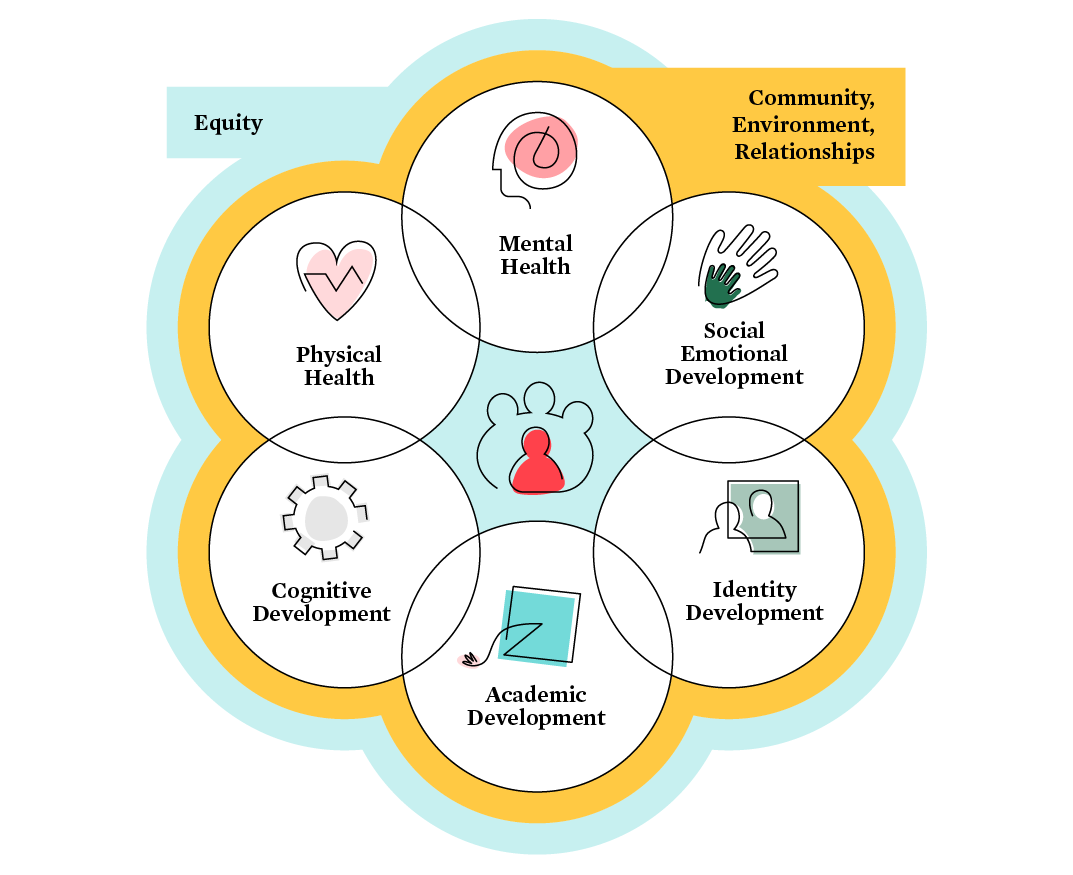If you work in education, you’ve likely heard of the “whole-child approach” to teaching. Rather than solely focusing on narrowly-defined academic achievement benchmarks, the whole-child approach incorporates a broader view of the skills and knowledge that all children must develop for long-term success.
A large part of adapting this approach is understanding that learning does not happen in a vacuum. It’s the understanding that a child’s unique experiences, physical condition, and social-emotional development all play a role in their ability to learn and succeed in life.
Image: Chan Zuckerberg Initiative
Why the Whole-Child Approach Matters:
According to human development research from UC Berkeley, “The brain’s capacity develops most fully when children and youth feel emotionally and physically safe and when they feel connected, engaged, and challenged.” Integrating human development into education helps account for the many different ways children grow.
Get free videos, worksheets, and games in your inbox every week!
{{cta(‘fd8288a5-6235-4b83-b24a-d6b7c104bfaa’)}}
3 Ways to Incorporate a Whole-Child Approach in Your School
- Teach social-emotional skills: Incorporate social-emotional learning in your classroom, including skills related to stress management, self-regulation, and resilience. These skills will not only improve a child’s overall well-being but their academic achievement as well. Start small with a short mindfulness video like this one to introduce your learners to breathing techniques they can use to self-regulate when they feel stressed or overwhelmed.
- Foster equity and equality: Promote equity and equality in the classroom. This will set the foundation for making sure your learners feel respected, valued, and important. To lay the groundwork for your youngest learners, focus on teaching the message that everyone is worthy of respect and empathy. As educators, we play a role in helping our students develop a strong sense of identity, purpose, and self-worth.
- Be trauma-informed: Know how to best support your students who may be experiencing trauma outside of the classroom. This is key to using a whole-child approach. A child will likely struggle to keep up with an academic curriculum if their basic physical needs are not met or if they are experiencing PTSD. Becoming more trauma-informed and acknowledging the fact that your students may be dealing with different forms of trauma will make you a better educator. Read our blog post, “How to Support a Child After Trauma” for a more in-depth look at how to be a trauma-informed educator.











